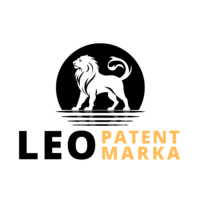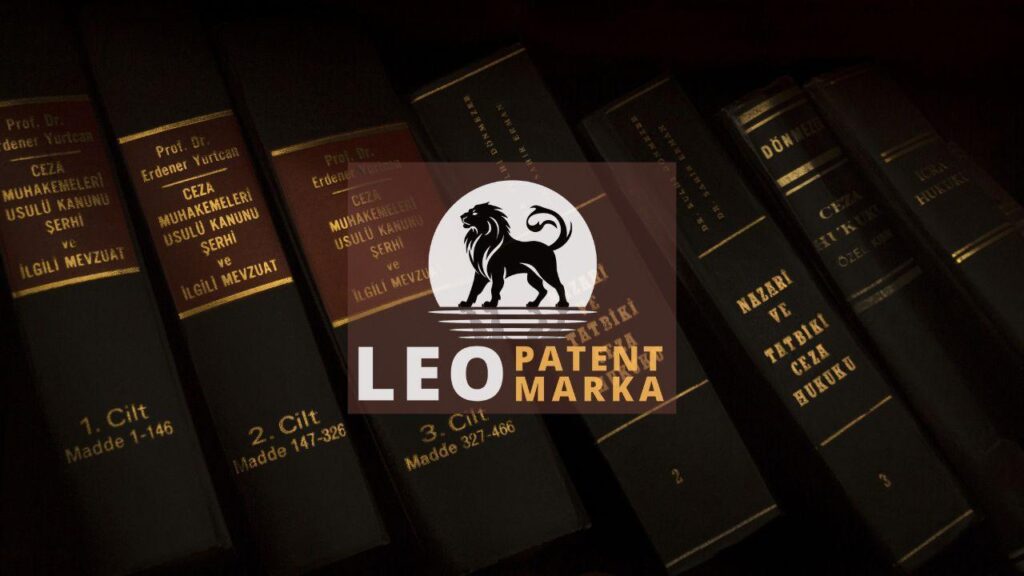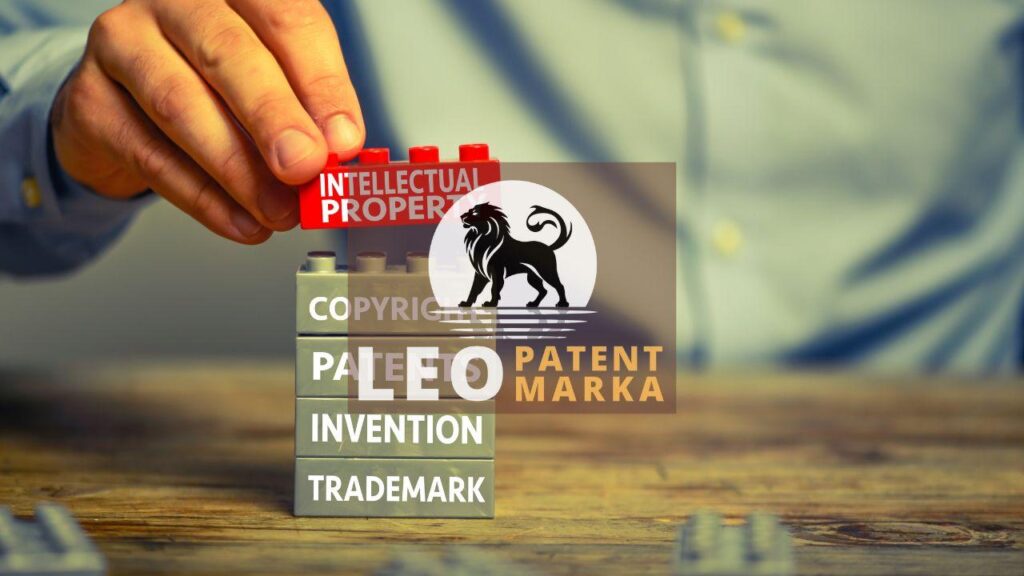Navigating the terrain of intellectual property can feel like wandering through a maze. Yet, understanding the essentials, such as the difference between utility models and patents, is crucial. Imagine your lightbulb moment stalling because you couldn’t figure out the distinction! Both offer protection but differ in complexity and application. Patents provide stronger protection but can be a lengthy journey – akin to climbing a mountain, whereas utility models, often called “petty patents,” offer quicker, more accessible safeguards. They might be the sprinters in this marathon. Grasping the nuances between them isn’t just beneficial; it’s vital. Knowing how to apply for patents or understanding the advantages of utility models can be your compass in making informed decisions. This article aims to take the guesswork out of patent protection and help you choose the path that suits your innovation’s needs. Ready to become the guru of utility models vs. patents? Let’s dive in!
Understanding the Key Distinctions Between Utility Models and Patents
In the world of innovation, understanding the difference between utility models and patents can set you apart. Utility models and patents, though similar, have stark distinctions. Picture utility models as the quick fixers—ideal for innovations needing immediate protection. They shine with their shorter approval time, making them perfect for rapidly evolving fields. On the other hand, patents are the stalwarts in patent protection, demanding more investment but offering robust, long-term security. Knowing the advantages of utility models can lead to strategic decisions, especially for smaller inventions or region-specific ventures. So, when it’s time to innovate, how to apply for patents or choose utility models isn’t just a bureaucratic exercise—it’s a critical decision that impacts your creation’s future. Your understanding of utility models vs patents could very well be the key to safeguarding your innovative spark.
Think of utility models as the agile runner in the intellectual property race, sprinting ahead with quick, albeit shorter, patent protection. They’re best suited for ideas that require fast-tracked protection—ideal for industries where time is of the essence. In contrast, patents are the marathoners, taking longer to secure but offering a fortress of protection against competitors. The difference between utility models and patents is much more than just speed and duration; it’s about strategic placement and timing. Understanding these contrasts can guide you through the labyrinth of patent protection. Knowing how to apply for patents can help navigate the more rigorous process, while the advantages of utility models might be harnessed for those seeking swift entry into the market. Each choice impacts the pathway of your invention, making knowledge your best tool in this competitive arena.
Understanding the key distinctions between utility models and patents is crucial for anyone venturing into the realm of patent protection. Think of utility models as the nimble gazelles, providing quick security but with a shorter lifespan. They’re best for simple innovations that demand immediate coverage. Patents, however, resemble steadfast elephants, offering a broader shield, lasting up to 20 years, but requiring patience and resources. The core difference between utility models and patents extends beyond just time; it encompasses scope and complexity. Utility models often exclude intricate systems or processes and are granted more swiftly, easing access to markets. In contrast, how to apply for patents involves a detailed examination process crucial for groundbreaking inventions. Grasping these differences ensures you leverage the advantages of utility models for immediate needs while reserving patents for significant innovations, crafting a strategic approach to your intellectual property portfolio.
Evaluating the Advantages and Limitations of Utility Models
When exploring the difference between utility models and patents, one important consideration is the advantages of utility models themselves. These “petty patents” shine in their ability to offer swift patent protection. Imagine having an invention ready to hit the market but bogged down by lengthy legal processes. Utility models can act as a lifeline here. They’re less complicated to secure compared to traditional patents and usually cost less. However, they come with limitations; their protection typically lasts only up to ten years, unlike patents that provide a 20-year shield. But for innovations expected to age quickly, utility models can be a perfect fit—they do the job when time’s ticking. For small businesses or individual inventors, understanding how to apply for patents, or opting for utility models when appropriate, can mean the difference between staying ahead or falling behind in the innovation race.
Exploring the dynamics within utility models vs patents, we must weigh both their benefits and drawbacks. Utility models stand out with their nimble approach to patent protection, capturing innovations swiftly. This feature can be a game-changer for creators eager to claim their stake in the market fast. Though they sport advantages like lower costs and simplified processes, utility models aren’t without their limits. These protections may not suit complex innovations requiring a broader shield, as the utility model often lacks the comprehensive legal backing patents provide. Nonetheless, for those dabbling in high-turnover industries or quick-to-adapt tech, utility models offer a viable, albeit temporary, alternative. An understanding of how to apply for patents versus utility models can be a crucial step towards harnessing the protective capabilities each offers. The real difference between utility models and patents often lies in aligning your choice with the pace and lifespan of your innovation.
When evaluating the advantages and limitations of utility models, think of them as the hare in the race against patents, the tortoise. The speed and simplicity of utility models can be their greatest strengths when time is of the essence. They serve as an attractive short-term strategy for inventors who need quick access to the market. However, this swift journey might come at the expense of the depth and duration of patent protection. With fewer legal rigors, utility models may lack the robust defensibility patents offer. Yet, their appeal lies in affordability and ease, providing a practical shield for innovations with a shorter shelf life. To truly harness the benefits of utility models, understanding their place in the larger framework of intellectual property is crucial. Balancing the advantages of utility models against the comprehensive security of patents can guide innovators in making informed decisions aligned with their long-term goals.
Choosing the Right Protection: Utility Models or Patents for Your Invention
Choosing between utility models and patents for your invention is like picking the right tool from a toolbox. Each serves a unique purpose. Utility models, often the unsung heroes, provide swift protection. They are less detailed but effective for inventions needing immediate shielding. Meanwhile, patents, the heavyweight champions, offer robust patent protection but demand patience and detail. Weighing the advantages of utility models against the comprehensive security of patents is key. Do you need a quick shield or a robust fortress? By knowing the difference between utility models and patents, you not only safeguard against competition but also fine-tune your strategy. And if you’re pondering how to apply for patents, be prepared for a marathon, not a sprint. Choosing wisely will set the tempo for your innovation’s journey.
Choosing your intellectual armor isn’t just a decision; it’s a strategy. Comparing utility models vs patents begins with assessing the urgency and lifespan of your idea. Picture it like racing against the clock. If your invention is a short-term wonder or needs immediate cloak-and-dagger protection, utility models might be your go-to. They leap into action with fewer hurdles. On the flip side, if you’re crafting something groundbreaking, the robust shield of a patent could be essential. While they require more time and detail, patents lay solid groundwork for long-term defense. Understanding the difference between utility models and patents ensures you’re not caught unprepared. Each path serves its purpose. Identifying which aligns best with your vision enhances your patent protection strategy. Remember, navigating how to apply for patents or tapping into the advantages of utility models could be the linchpin in your innovation’s success.
Choosing the right protection boils down to aligning with your invention’s timeline and goals. Imagine standing at a crossroad, each path offering a different journey. Utility models burst from the gate, offering rapid patent protection and have the advantage of simplicity when time is of the essence. They’re the sprinter’s choice. However, if your invention is akin to crafting a legacy, the extensive cover of patents should be considered. These require an arduous trek through the legal process but ensure a lasting shield. The differences between utility models and patents aren’t just cosmetic; they affect how you protect your brainchild now and in the future. Tailoring your strategy when considering how to apply for patents or tapping into the advantages of utility models isn’t just smart; it’s essential. Choose the path that resonates with your invention’s heartbeat and you’ll unlock its true potential without any missteps.
Disclaimer: This article is for general information purposes only and it is recommended that you consult experts and companies in that field to evaluate your specific situation. We are not responsible for any damage that may arise from the use of the information in this article.







